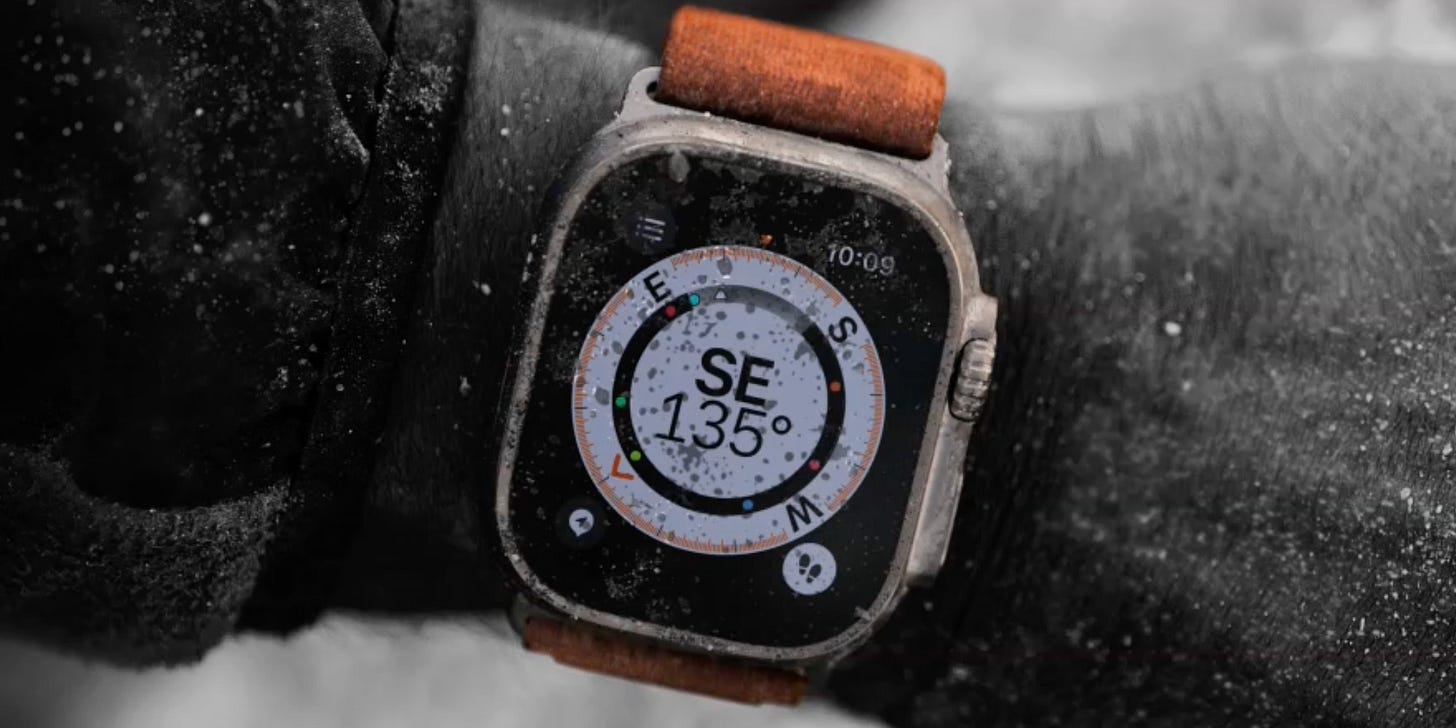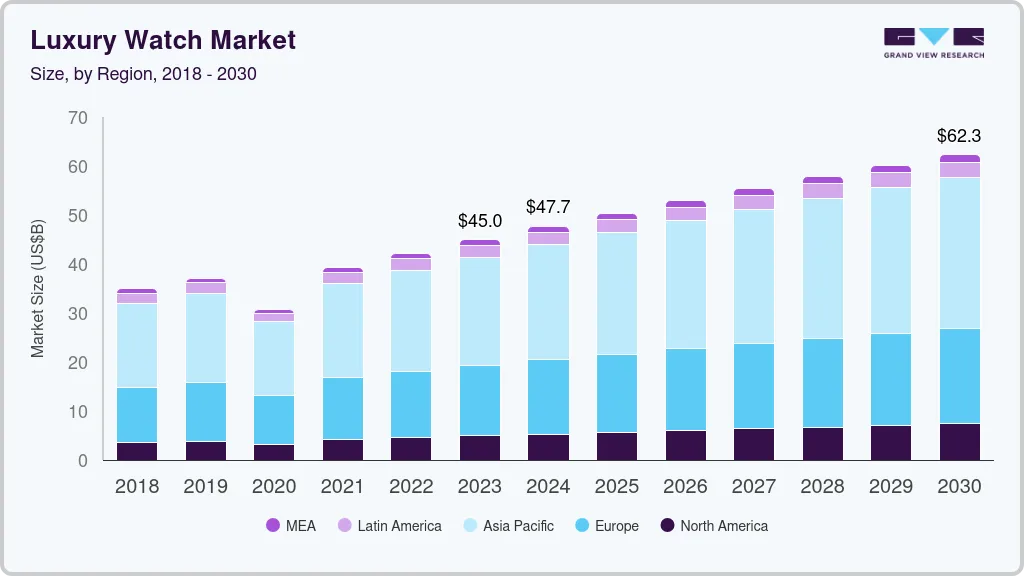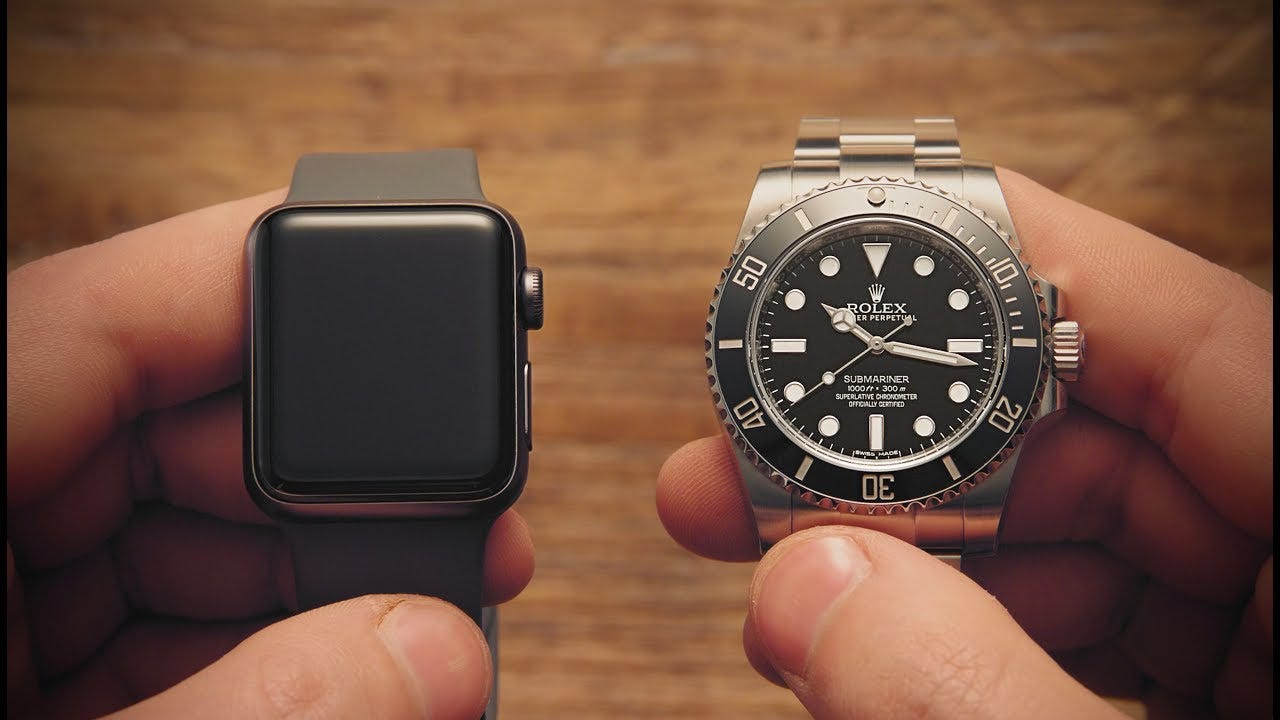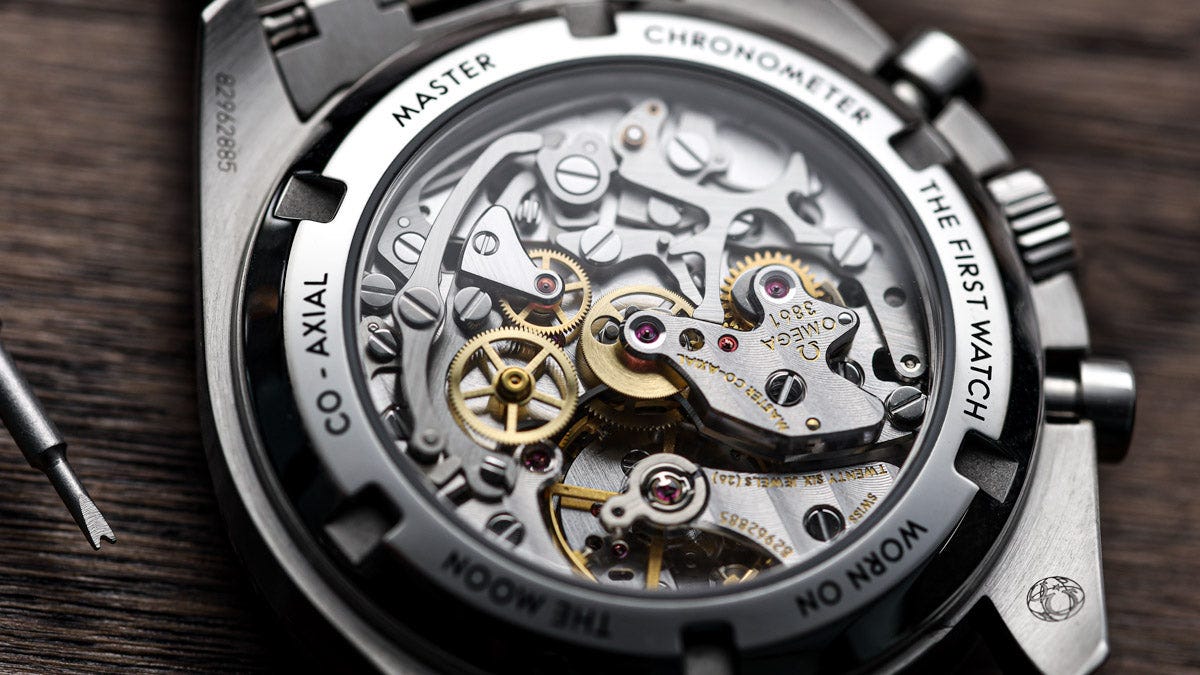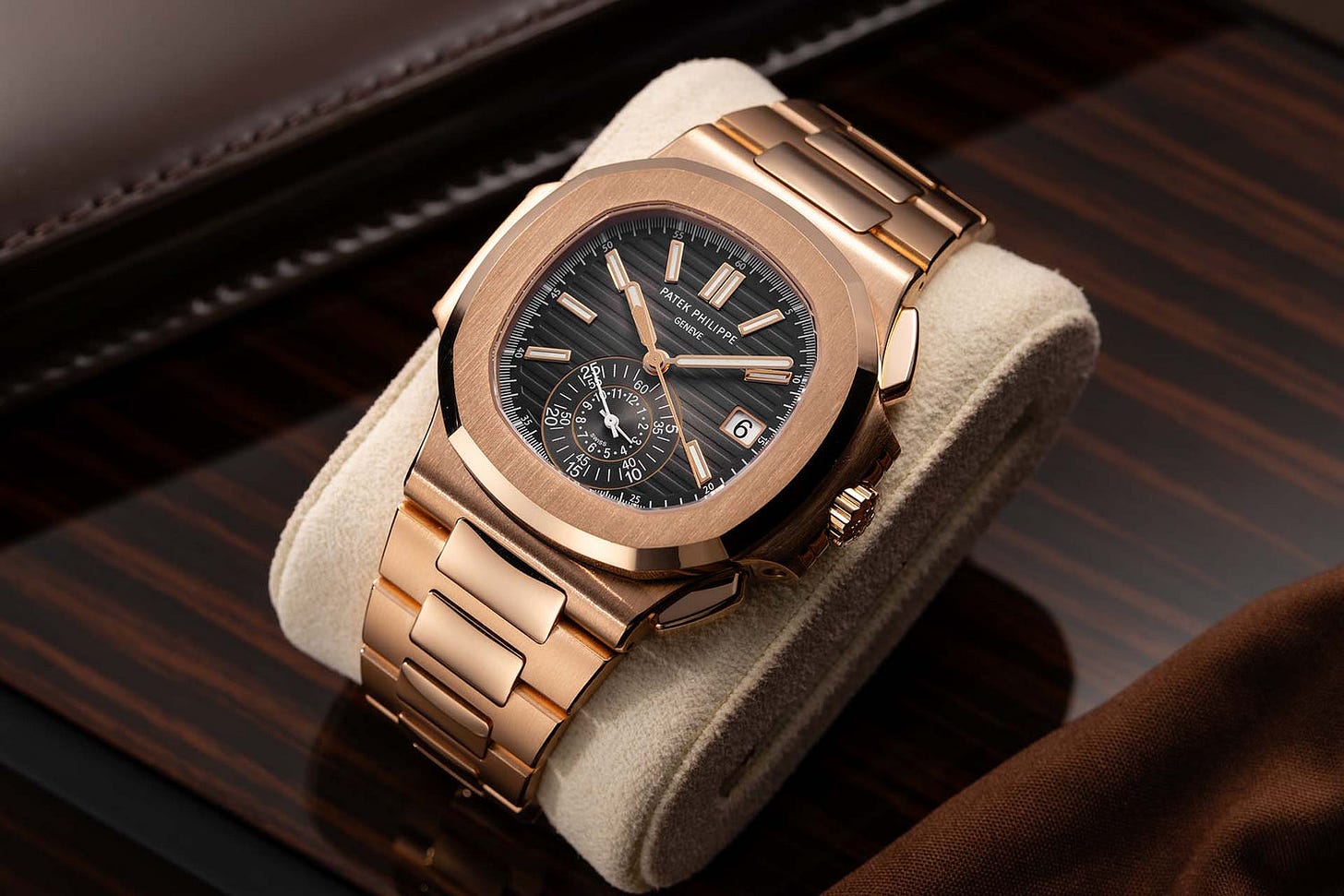Are Smartwatches Killing the Mechanical Watch?
Stories, Strategy, and Status — one watch at a time.
Welcome to another edition of Timepiece Digest — your exclusive dispatch from the world where craftsmanship reigns supreme and every tick tells a story.
Today, we confront a question that’s dividing collectors, confusing consumers, and igniting debate from Geneva to New York:
Are Smartwatches Killing the Mechanical Watch?
⚡ The Smartwatch Surge: Silicon Valley’s Invasion of the Wrist
In 2025, smartwatches have stormed the wrist like a tech tsunami, turning the humble timepiece into a glowing mini-computer.
The numbers are staggering:
💰 $40 billion market size, growing at 15% CAGR through 2032 (Fortune Business Insights)
⌚ 219 million units expected to ship this year (Mordor Intelligence)
🍏 Apple alone made $39.8 billion from its watches in 2023 — with 88% of users claiming it improved their fitness (Demandsage)
Smartwatches buzz, beep, and track your every heartbeat — some might even save your life. But make no mistake: they are gadgets, not heirlooms.
A smartwatch demands nightly charging and faces obsolescence with every software update.
It’s like trading a vintage Château Lafite for a can of energy drink — efficient, sure, but hardly eternal.
⚙️ The Mechanical Watch: A Legacy Forged in Eternity
Now we turn to the true monarchs of the wrist — the mechanical watch.
A world where gears, springs, and human ingenuity unite to create art you can wear.
The mechanical watch industry is worth $64.8 billion in 2025, growing at a measured 4.6% CAGR (GMI Insights).
Swiss exports alone hit 24.8 billion CHF ($27.5 billion) last year (Federation of the Swiss Watch Industry).
Brands like Patek Philippe, Audemars Piguet, and Rolex remain untouchable — symbols not of utility, but legacy.
A smartwatch might tell the time.
A Patek tells your story.
These watches appreciate, not depreciate.
Some Pateks have risen 50%+ in value on the secondary market, while Rolex Daytonas trade at double retail.
They’re not “tech.” They’re treasures.
As one collector on WatchUSeek put it:
“They’re jewelry. The fact that they tell time is secondary.”
⚔️ The Grand Duel: Coexistence, Not Conquest
So, has the smartwatch slain its mechanical rival?
Hardly. This isn’t conquest — it’s coexistence.
Picture a duel between a laser sword and a katana.
Each has its arena, each its admirers.
Smartwatches dominate in volume — 200 million units shipped yearly — but mechanical watches reign in value and prestige.
The modern collector may wear an Apple Watch for a morning run...
But when the gala begins, it’s the Vacheron Constantin that slips beneath the cuff.
As Stephen Pulvirent of Hodinkee put it:
“People buying $50,000 chronographs aren’t swapping them for an Apple Watch.”
In truth, most collectors own both — one for the data, one for the soul.
A Tesla for the commute, a Rolls-Royce for the grand tour.
🧭 The Future: The Mechanical Renaissance
Far from endangered, mechanical watches are enjoying a renaissance — much like vinyl records in the streaming era.
In 2025, vintage-inspired designs with aged straps and retro dials are captivating 40% of Millennials and Gen Z buyers (GMI Insights).
They crave authenticity, tangibility, permanence — the opposite of the disposable digital.
Even brands once seen as old-fashioned are now fusing tradition with tech — experimenting with hybrid models, sustainability, and unexpected collaborations.
Imagine a Patek x Hermès, or a Tudor x Tesla limited edition — where heritage meets innovation. That’s the new frontier.
🧩 The Investment Divide
Let’s talk money.
Smartwatches, like smartphones, are designed to die.
A three-year shelf life, maybe four.
Mechanical watches?
They’re designed to live forever.
A Rolex Submariner will still tick perfectly in 2075.
An Apple Watch Series 5 is already landfill.
Smartwatches measure your heartbeat.
Mechanical watches make your heart race.
🥂 Parting Thoughts: Choose Your Legacy
Dear connoisseurs — the smartwatch may buzz and beep,
but it’s the mechanical watch that sings with the soul of centuries.
Whether you’re hunting a Calatrava or simply admiring from afar, know this:
The art of mechanical watchmaking isn’t dying — it’s thriving.
So raise your glass — perhaps of vintage Bordeaux —
to the artisans who keep time eternal.
Until next week,
— The Timepiece Digest Team
Where time is never just measured — it’s mastered.


